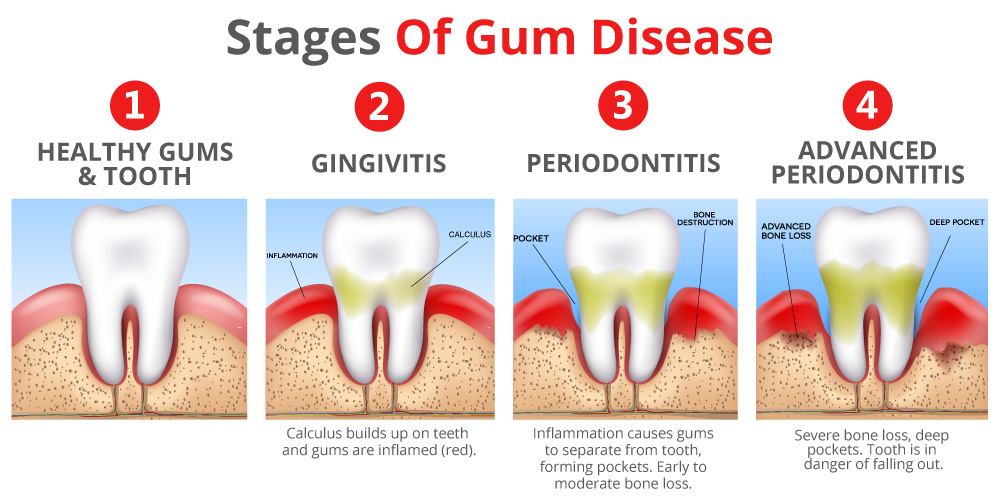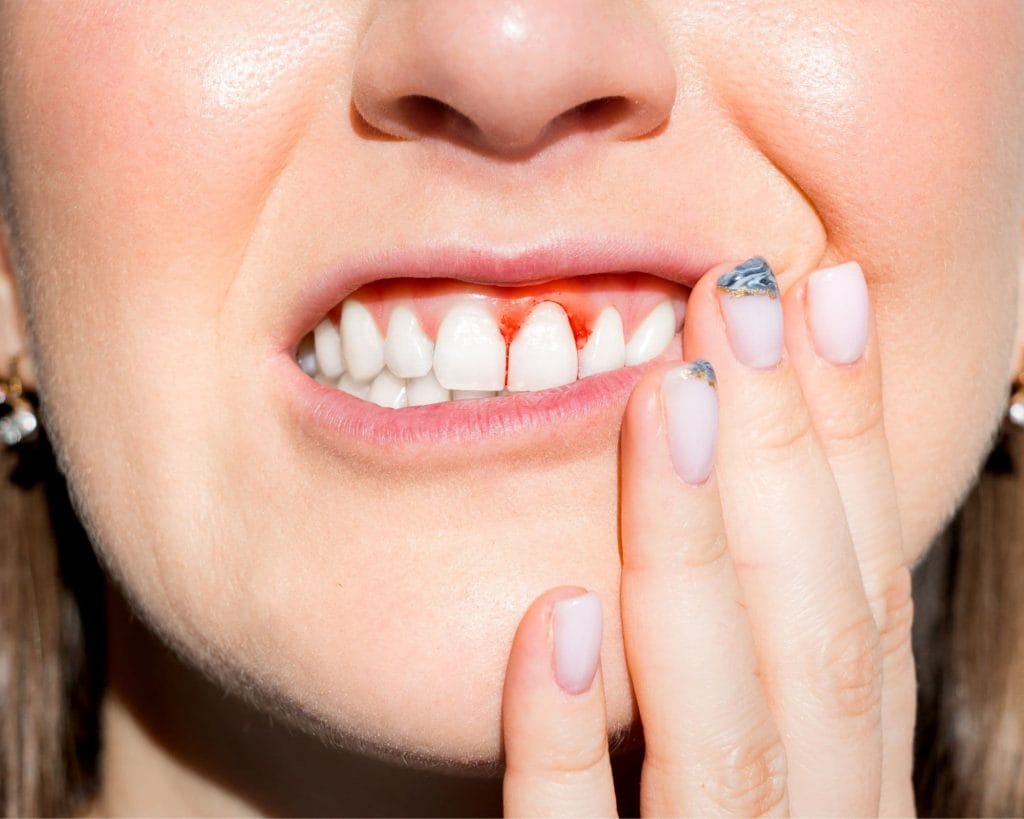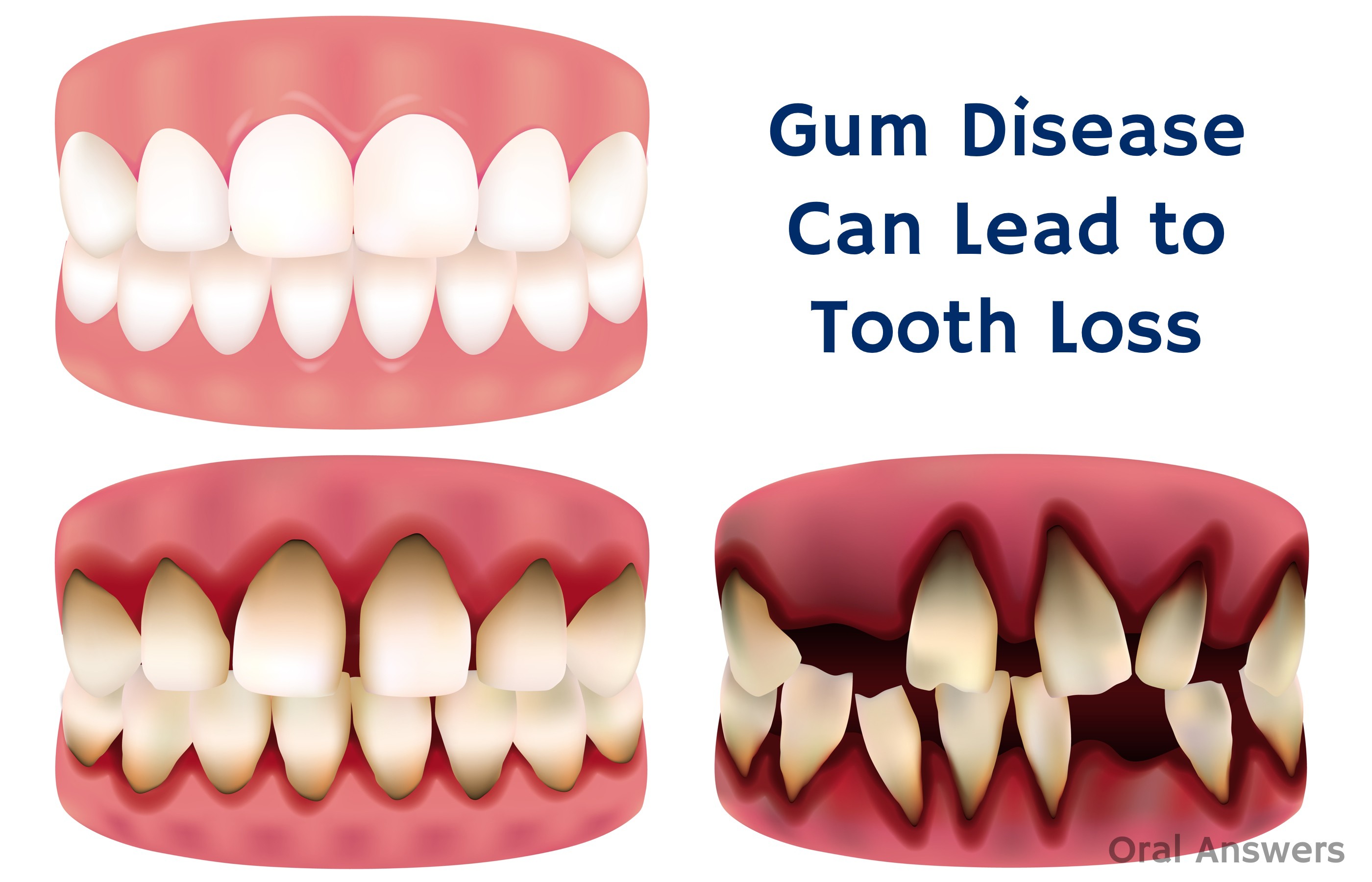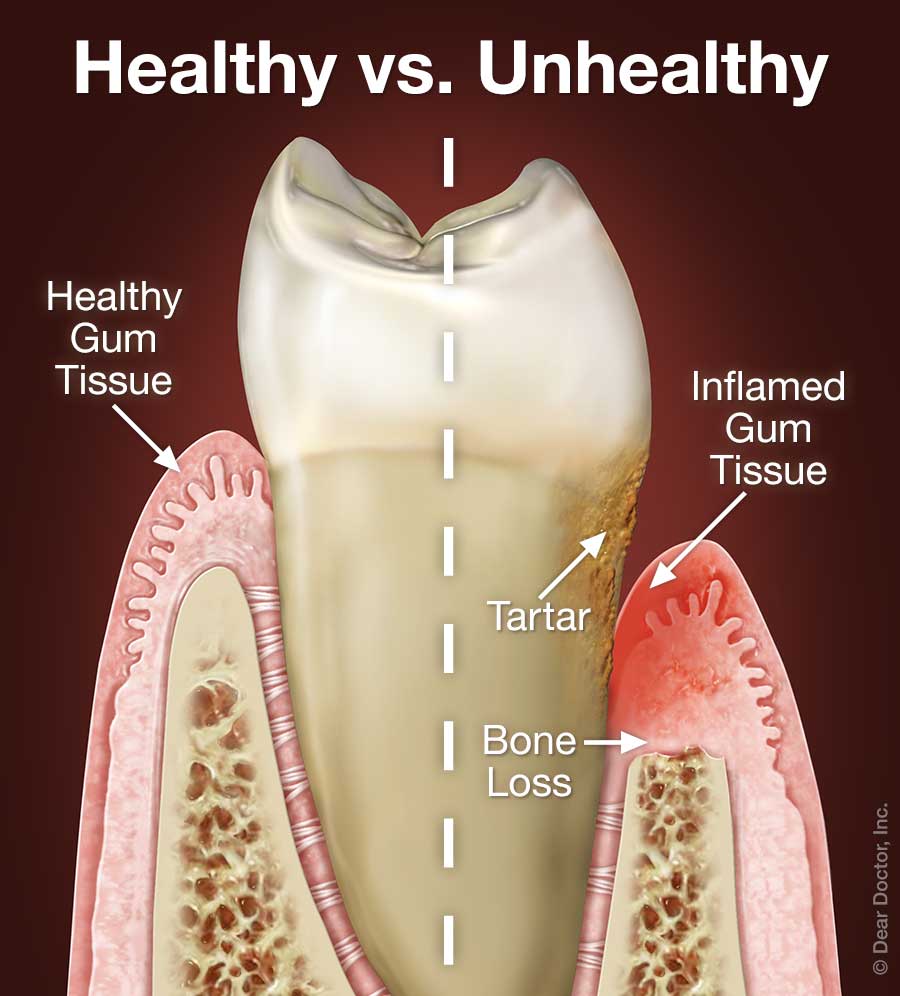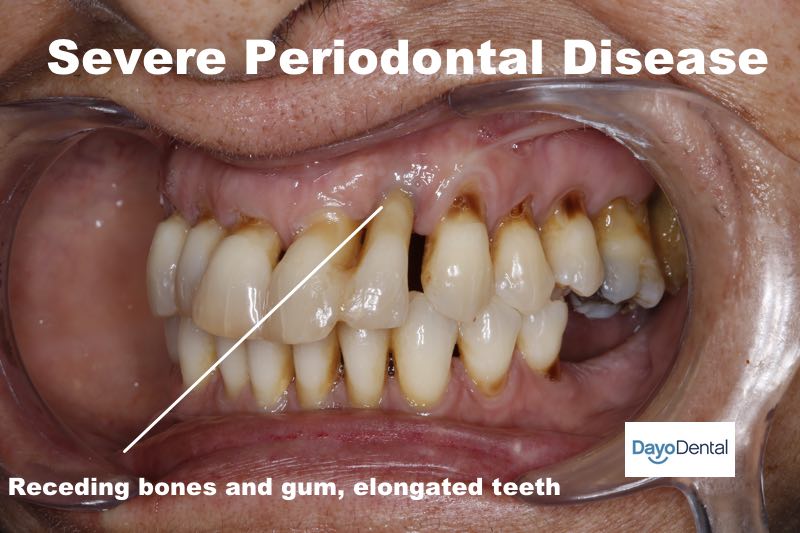Build A Tips About How To Fix Periodontal Disease
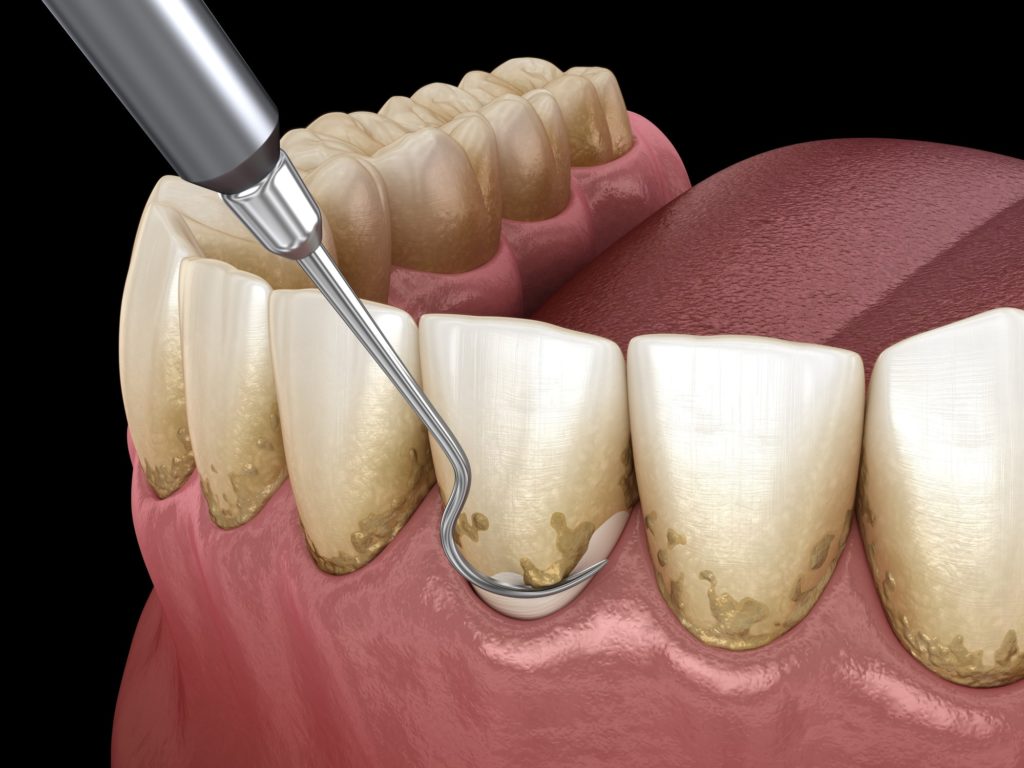
Measuring the pocket depth of the groove between your gums and teeth.
How to fix periodontal disease. Your gums bleeding when you brush your teeth, floss or eat hard foods such as apples One stage of gum disease is totally reversible — gingivitis (very early periodontal disease). Root planing smooths the root surfaces.
The color of healthy gums can vary. Brush your teeth two or three times a day with a soft tooth brush. It's very common, but it's important to get it checked by a dentist.
As periodontitis progresses, your bones and teeth can be damaged. Scaling removes tartar and bacteria from your tooth surfaces and below your gumline. There are a variety of treatments for gum disease, depending on the stage of your disease, how you’ve responded to earlier treatments, and your overall health.
A periodontal abscess can sometimes occur from advanced gum disease. The correlation between periodontitis and systemic diseases, the impact of periodontitis on the quality of life and public health, the effects of periodontal treatment on systemic health and disease, and the available methods to manage systemic inflammation after periodontal therapy are discussed. How do dentists treat periodontitis?
Looking at your teeth, gums, mouth and tongue for signs of plaque, irritation or swelling. Infection weakens the tissue that holds your teeth in place symptoms include sore, swollen or bleeding gums, bad breath ,. This abscess appears as a red, swollen lesion on the gumline.
To help prevent periodontitis or improve your chance of successful treatment, brush at least twice a day, floss daily and get regular dental checkups. Wrap it around your two middle fingers. The best way to prevent periodontitis is to have regular dental cleanings and practice good oral hygiene at home between visits.
Home health a to z gum disease gum disease is where the gums become red, swollen and sore, and bleed. Check if you have gum disease symptoms of gum disease include: Gum disease signs and symptoms.
Gingivitis gingivitis gingivitis is the earliest stage of gum disease. Your dentist can help you with a treatment plan to manage gum disease at any stage of gum disease (officially dubbed “periodontitis”). Below are the most effective options for reversing periodontitis:
If you suddenly feel a sharp pain in your gums, it's best to see a dentist quickly, as the sooner an abscess gets treatment, the better! Some medicines reduce the saliva that protects your teeth and gums,. It happens when plaque and bacteria build up on your teeth and cause infection.
Also, interdental brushes and water flossers may be helpful to. Therefore, the first step in reversing the disease is to see a dentist for proper diagnosis. As the disease progresses, however.


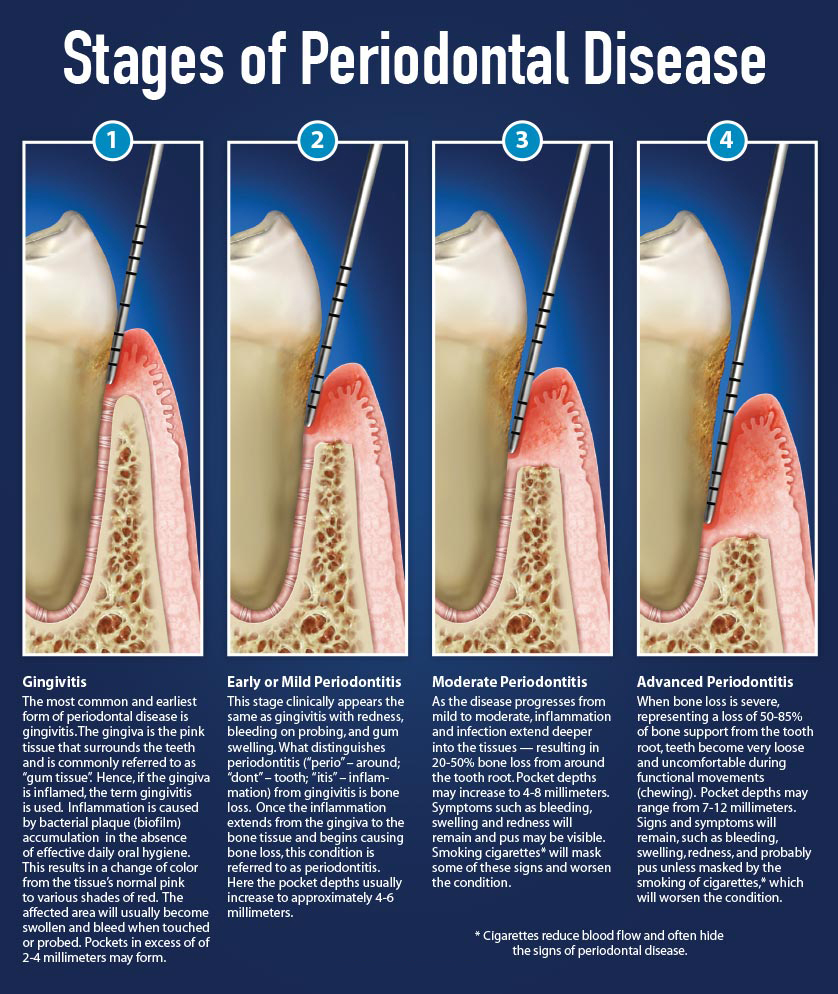

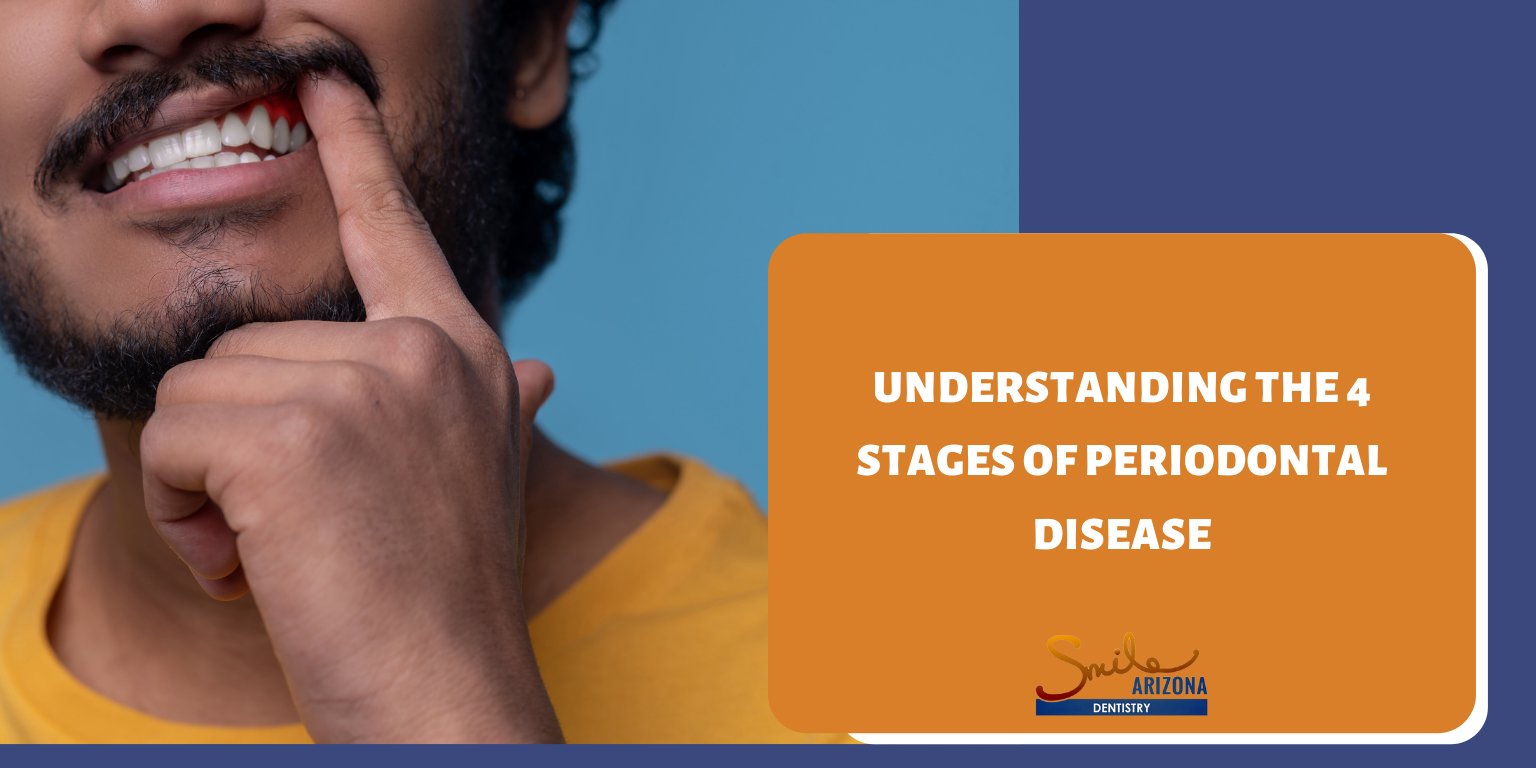
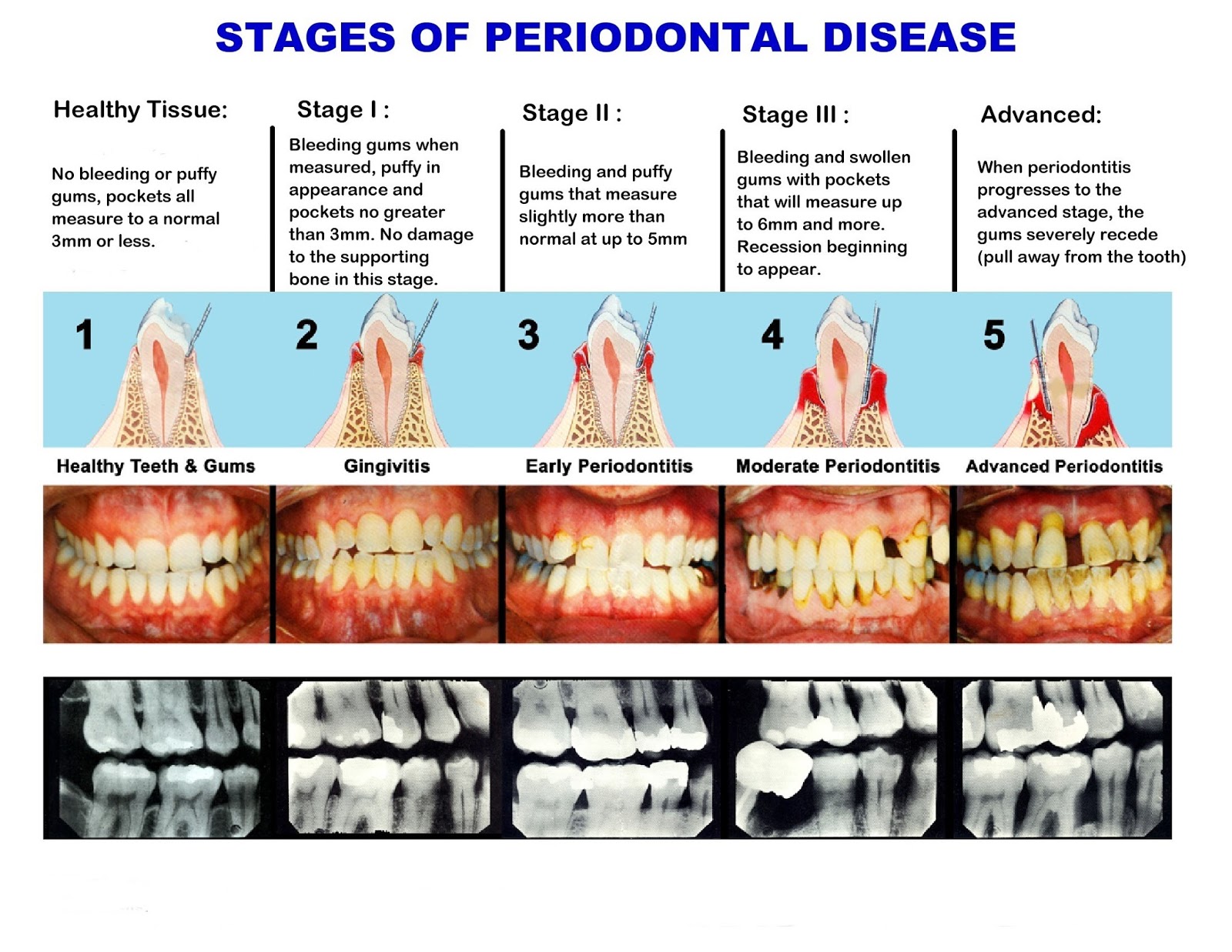
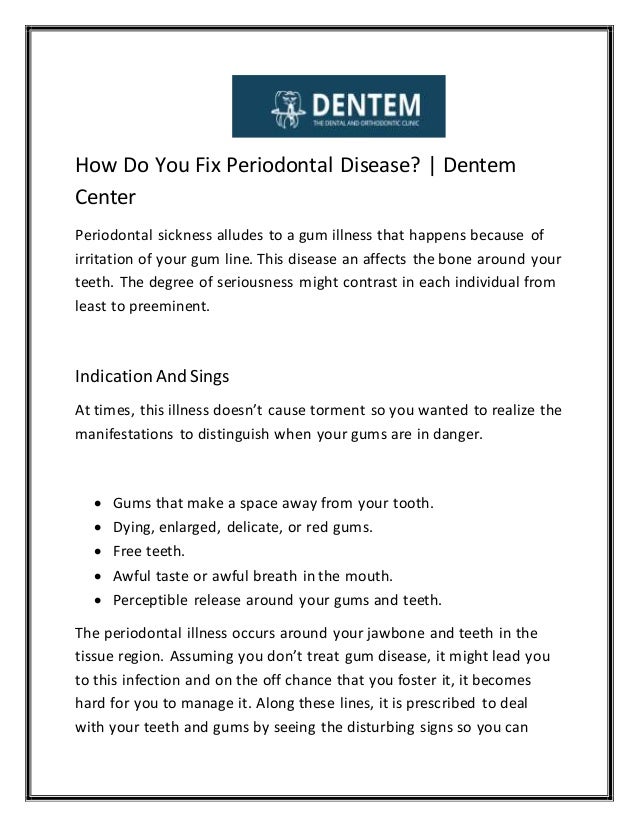
-page-001.jpg)


